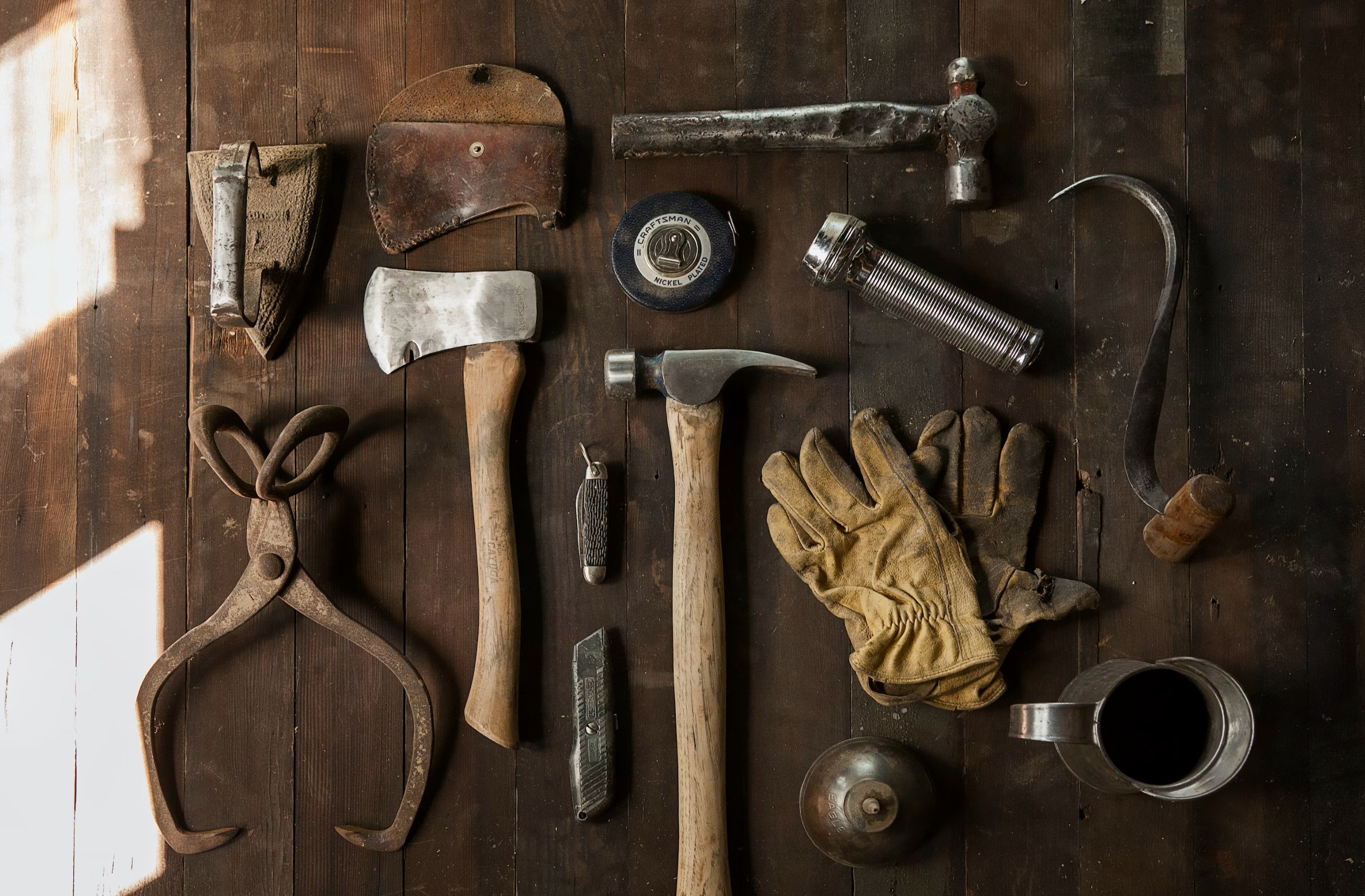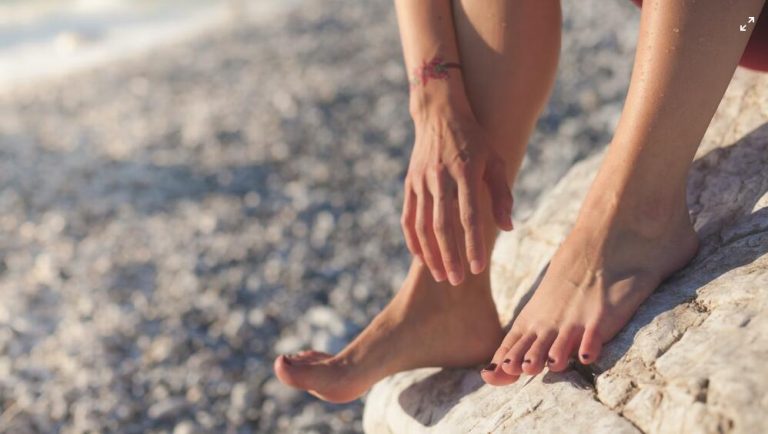Beyond the Limb: The Psychological Toll of Surviving Axe Injuries
Axe injuries are one of the most common types of industrial accidents, causing often life-threatening injuries to workers. These injuries can happen when an object such as axe falls on a person’s foot or toe, smashing their bones and tendons. Axe injuries take place across all industries and types of workplaces; however, they are most common in manufacturing plants where heavy equipment is used regularly. Workplace safety regulations require employers to provide protective clothing and equipment for employees who work with hazardous tools or machinery. However, accidents still happen because employees may forget to wear these items or fail to use them correctly in order to prevent injury
Axe injuries can be debilitating and painful.
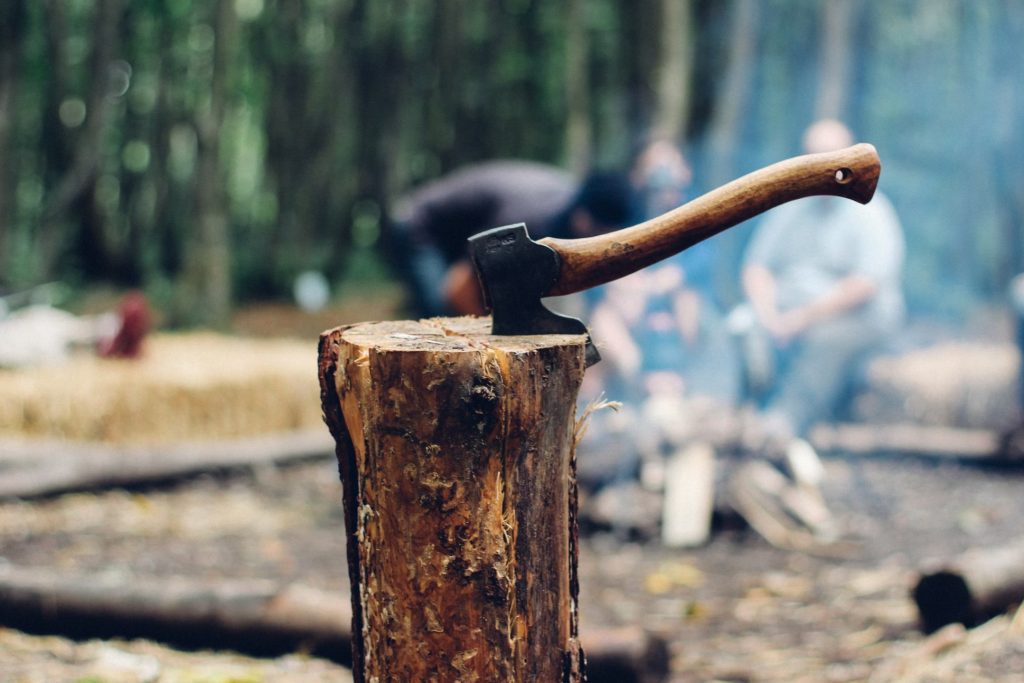
Axe injuries can be debilitating and painful. While it’s clear that these types of injuries are life-threatening, not all axe injuries lead to death. Some people may experience temporary pain or discomfort, but others will suffer more severe consequences.
There have been cases where a person who has suffered axe injury has had to undergo amputation surgery as a result of their injury,axe injuries can also cause permanent damage if they are not treated properly in time; this includes nerve damage, muscle spasms and even paralysis
Prevalence and Causes of Axe Injuries
Axe injuries are more common than you think. While the majority of axe injuries occur in rural areas, there have been cases where these accidents have occurred in urban settings as well. Axe injuries can happen anytime and anywhere, so it’s important to be aware of your surroundings at all times.
Axe is a type of gardening tool that can be used for many purposes. The most common use is to remove weeds from around the base of trees, but they can also be used to dig holes and clear rocks. Axes usually have a long handle with an axe head on one end and a shovel blade on the other end.
Overview of Survival Rates
While survival rates are high, it’s important to remember that not everyone survives. In fact, about 10% of patients die from their injuries.
It’s also important to note that the survival rate varies depending on how much of your foot has been amputated and how severe your injury is overall. For example, if you lose just part of one toe or half an inch from the top of your foot, there’s a good chance you’ll be able to keep all of it intact–but if all five toes need to go because they’re crushed beyond repair and bleeding profusely? You probably won’t be able to walk again without some kind of artificial limb attached at least partway up there (if not all the way).
In general terms: If someone loses less than 1/3rd or so at any given time while still being young enough (<30 years old) and healthy enough (healthy weight), there’s usually no reason why they shouldn’t make a full recovery within six months’ time as long as medical attention was sought immediately after injury occurred!
Physical Impact of Axe Injuries
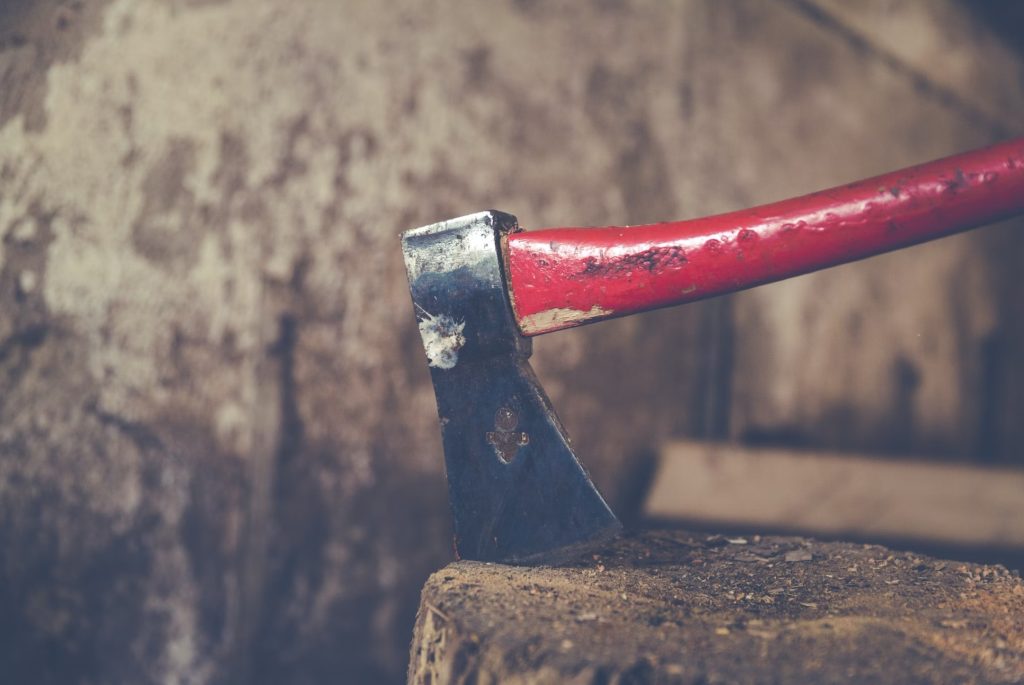
As you might imagine, the physical impact of axe injuries can be devastating. In some cases, these injuries lead to permanent disability and amputation–or at least require extensive rehabilitation and care. Axe injuries can also cause nerve damage, infections (even gangrene), blood clots in the leg veins or arteries and bone fractures. If a victim survives the initial trauma of their injury, they may suffer soft tissue injuries like tendonitis that make standing or walking difficult or impossible for them later on down the road.
Challenges in the Healing Process
Healing from axe injury can take months or years. The healing process is painful and difficult, as you may have to deal with the following:
- Painful walking. It’s hard to walk when your feet hurt so much. You might need help getting around, including the use of crutches or a wheelchair if necessary.
- Difficulties wearing shoes. You might not be able to wear any kind of shoes on your injured foot for several months after surgery because it could cause additional pain and swelling in that area, which would make things worse than they already are! Instead, try using slippers or flip flops until everything heals up nicely again (this could take anywhere from 2 weeks up until 2 years depending on how severe things were).
- Standing for long periods of time without sitting down breaks throughout each day will also be challenging due to this condition being so debilitating – but don’t worry too much about this because there will always be people around willing enough who’ll gladly give up their seat so that yours doesn’t become empty during those moments when everyone else seems busy doing something else instead; such as eating lunch together downstairs at school cafeteria every Friday afternoon between 1pm-2pm while enjoying some fresh air outside before heading back inside again afterwards.
Long-term Effects on Mobility
Axe injuries can lead to permanent disability and amputation. In some cases, they may cause chronic pain or other health issues. If you have been injured in an accident involving a axe, it is important that you contact a personal injury lawyer right away so that they can help ensure that proper compensation is received for your pain and suffering.
Psychological Impact of Surviving Axe Injuries
After surviving an axe injury, you may face psychological challenges. These can include pain, depression and anxiety; loss of mobility and independence; loss of a loved one.
Pain: The pain can be severe enough that it interferes with your ability to function normally every day. It may take months before you feel comfortable putting weight on your foot again and even longer before the swelling goes down completely.
Depression: You might find yourself feeling depressed about all that has happened in your life because of this injury–the loss of mobility, independence and possibly even someone close to you (if they died).
Anxiety: Having survived such an event could cause people who were not previously anxious or fearful people become more so after having been through something so traumatic as having their legs maimed by an axe attack from someone else who wanted them dead!
Loss of Mobility: You may find that you are unable to walk normally again because of all the damage to your leg bones, tendons, ligaments and muscles.
Loss of Independence: You may have always been independent but now you will need others to help you with everyday activities.
Loss of a Loved One: The death of someone close to you can be devastating.
PTSD Symptoms
If you’re suffering from symptoms of PTSD by axe injury, it can be hard to tell what’s normal and what isn’t. You might have trouble sleeping, feel irritable and anxious, or have flashbacks of the event that caused your trauma. If this sounds like something you’ve experienced since surviving an axe injury, it may be worth seeing a therapist who specializes in treating PTSD.
After talking with your doctor about the possibility of having PTSD (or even if they don’t think so), it’s important that you find someone who can help guide you through treatment options for managing these symptoms and getting back to being yourself again.
Emotional Distress and Coping Mechanisms
Emotional distress is a common reaction to surviving a traumatic axe injury. It can manifest as anxiety, depression, or anger. You may feel sad about what happened to you or your loved ones and how things have changed since the accident. Your sense of safety may be shaken–even if it was only for a short time–and this may make it difficult for you to sleep at night or focus on day-to-day tasks.
You might feel like there’s no way out of this situation: The road ahead will always be blocked by memories of what happened in those woods; nothing will ever be the same again because nothing ever can be again! But while these feelings are valid reactions to trauma, they’re not necessarily permanent ones; instead of letting them take over your life forevermore (or even just for long periods), try using some coping mechanisms instead!
Body Image and Self-esteem Issues
When you’re dealing with axe injury, your body image and self-esteem can take a hit. There are many ways in which this can happen:
- Some people may be unable to walk again and will have to use a wheelchair or other mobility device for the rest of their lives. This can lead to feelings of depression and anxiety as they struggle with their new limitations on mobility.
- Other survivors may have permanent damage from their injuries that requires them to wear an artificial limb or prosthetic device on one leg (or both). This change in appearance can also cause issues with personal relationships as well as professional ones since many employers require employees not only look presentable but also fit into certain standards based on height and weight requirements–both measures that are affected by wearing artificial limbs or prosthetics devices!
The emotional impact of axe injury is not to be underestimated. It’s important for survivors to receive the support they need from family members, friends and healthcare providers in order to cope with these changes in their lives.
How to avoid axe injury

If you are going to use an axe, there are some things you can do to avoid injury. First, never use the tool on hard surfaces like concrete or asphalt. The blade will dull quickly and may break off altogether if used in these situations. Instead, cut trees with a saw or other tool that has been designed for woodcutting (e.g., chainsaw).
Second, wear safety equipment like steel toe inserts in your boots and protective clothing like gloves when using axes or any other power tools around your home or property – especially if they are not designed specifically for cutting down trees! Finally: be careful while using an axe so that you don’t hit yourself with its sharp blade!
Physical Therapy and Rehabilitation Exercises
Physical therapy is an important part of the recovery process, and it can help you regain strength, mobility and even improve your quality of life.
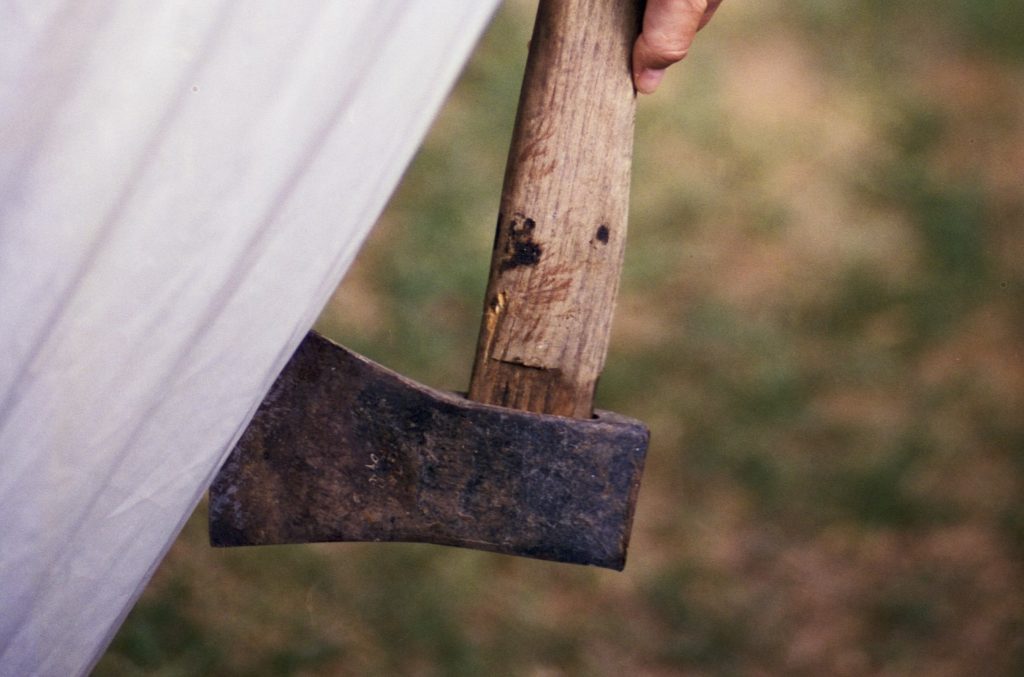
- Exercise helps to manage pain: Exercises such as walking, cycling and swimming can help you to manage your pain by increasing blood flow through the affected limb. These exercises also increase muscle tone which helps to protect against further injury or strain as well as reducing swelling around the site of surgery.
- Exercise improves balance: Balance is essential for everyday tasks such as walking up stairs or standing on one leg while reaching outwards with your other foot (known as “the heel-to-toe test”). Exercising will improve these skills by strengthening muscles in both legs so they work together more effectively when moving around our environment.* Exercise increases range of motion: As well as improving overall flexibility within joints (such as knee joints), regular physical activity also improves mobility at ankle level too – particularly if there has been a significant reduction in height due to surgery being performed below both knees rather than just one side.* Weight loss may occur naturally during this time period due simply because there isn’t much else left for patients’ bodies except muscle tissue!
Exercise can help with symptoms of depression and anxiety: Research shows that exercise is an effective treatment for depression and anxiety. This is because it releases endorphins (chemicals in the brain) that make us feel happier. It also increases our energy levels and motivation, which makes us more likely to do other things we enjoy as well as improving our self-esteem.*
Prosthetics and Assistive Devices
Prosthetics are devices that replace a missing body part. There are many different types of prosthetics, and they can be used to replace a missing foot or leg. Prosthetics can also be used to replace a missing hand, arm, or finger.
The most common type of prosthetic device is an artificial limb (also known as an amputee). An amputee consists of two parts: the socket and the residual limb (the part that remains after amputation). The socket fits over your residual limb and holds it firmly in place while you walk on uneven surfaces or when performing activities such as running or climbing stairs.
Safe your foot by Steel toe inserts
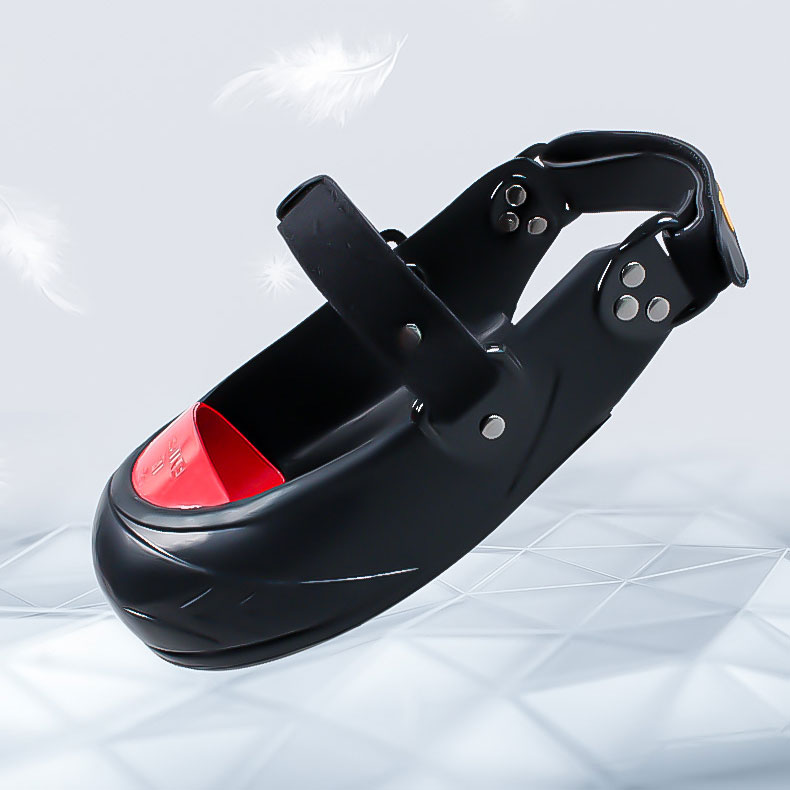
Are you tired of sacrificing comfort for safety in your work boots or shoes? Look no further! Introducing our revolutionary Steel Toe Inserts – the perfect blend of protection and comfort to elevate your footwear experience.
Wearing steel toe inserts is an important part for workers who are exposed to a great deal of hazards. The steel toe protects the feet from falling objects, sharp objects and other dangers that could cause injury or death. However, it’s also important that you wear your boots correctly in order to maximize their effectiveness.
Premium Quality:
Our steel toe boot inserts are meticulously crafted with top-grade materials, ensuring they exceed industry safety standards. Feel the confidence knowing your feet are protected from potential hazards.
Lightweight and Durable:
Unlike traditional heavy steel-toed boots, our steel toe inserts for inside shoes are lightweight, allowing you to move effortlessly throughout the day without fatigue. Yet, they’re built to withstand the toughest conditions, so you can rely on them for the long haul.
Pacing Towards Excellence:
Experience the safety toe inserts’ superior performance – pacing effortlessly ahead of the competition. Trust us to keep you at the forefront of safety and style
Conclusion
We hope that this article has given you a better understanding of axe injuries and the challenges that survivors face. We know it’s not easy to hear about these types of injuries, but we also believe that knowledge is power. When people know what to look out for and how they can protect themselves from becoming victims themselves, they can take steps towards preventing an injury from happening in the first place!

